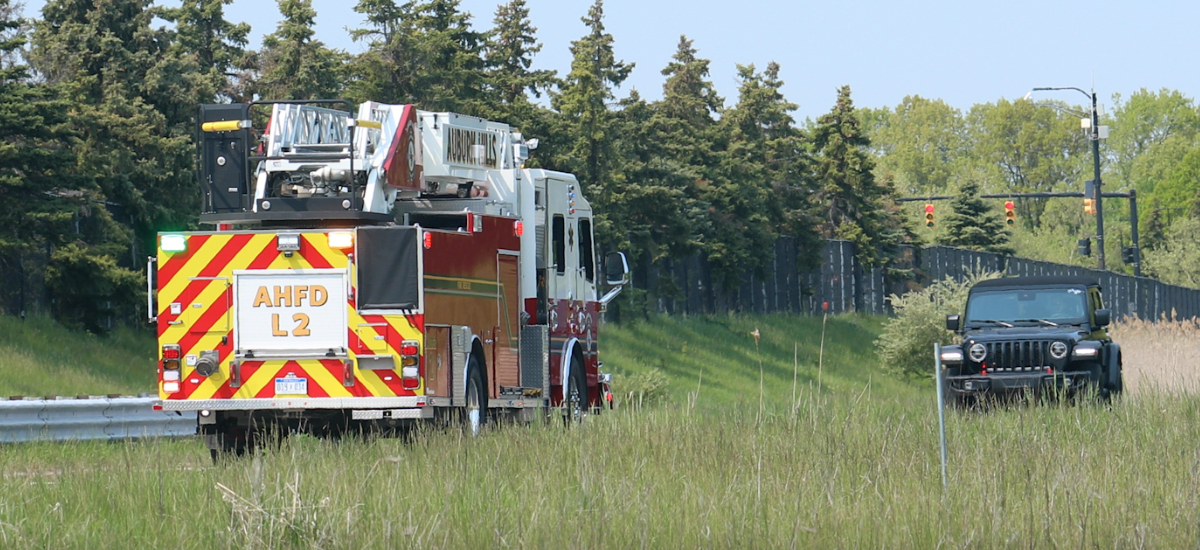
 Your Credit Estimate
Your Credit Estimate
 Your Credit
Your Credit
Your zip code helps us provide you with the most accurate vehicle pricing and vehicle availability.
We estimate your credit score to give you an idea of your monthly payments. To get an accurate payment amount, complete our credit application by clicking the Start Credit Application button below.
start credit application
What is the deal with V2X technology? It seems to be the new craze in the auto industry, amongst battery-electric vehicles (BEVs) and BEV batteries. Always lurking somewhere in the background is autonomous driving, whether Level 3 or Level 4 or higher. We already have some automated features and in-vehicle driver notifications, such as automatic emergency braking and forward collision mitigation, or a rear parking sensor. Could this be improved upon? With Vehicle-to-Everything (V2X) technology, it most definitely could. It all starts with vehicle connectivity.
Vehicle connectivity is a goal many automakers are aiming for. The Kia Corporation is aiming for a connected consumer vibe, allowing drivers to download apps through the Kia Connect Store on the Kia EV9 all-electric SUV to customize their user experience. It’s possible through the use of software-defined vehicle (SDV) technology. Another name discussing SDV technology is the Renault-Nissan-Mitsubishi Alliance in a joint venture with Google. Subsidiary Mitsubishi Electric of the Mitsubishi Motors Corporation (MMC) recently entered into a new partnership with Commsignia Ltd to get vehicles talking to each other to improve autonomous technology. Similarly enough, Stellantis is also working with another company to get vehicles to talk to each other in hazardous situations.
Recently, we discussed the relationship between Mitsubishi Electric and Commsignia Ltd. Making self-driving vehicles with Level 5 autonomy commercially available for the average consumer won’t make a difference in the safety of the concept unless everyone is behind the wheel of a fully autonomous vehicle. What the industry would need to be practical and safe would be to create a network that cars can use to communicate with each other. Mitsubishi Electric already has autonomous systems that can accurately determine vehicle locations based on data from roads, lanes, and surrounding moving vehicles, plus create a 3D digital map for the consumer if they choose to take control of the wheel. Combining that with the V2X solutions created by Commsignia and the advanced-driver-assistance systems (ADAS) of the modern day, and self-driving cars can operate even better when one can talk to the other, like say, “I’m merging left” to avoid a possible incident.
Stellantis is going a different route with this, but the concept is still the same – vehicles talking to each other. The automotive group currently works with Emergency Vehicle Alert System (EVAS) and HAAS Alert, a Safety Cloud platform that scans thousands of public and private roadway fleets in North America to receive and send notifications from tow trucks, disabled vehicles, work zones, and more to notify drivers of nearby roadway hazards. Stellantis wants to take this even further and use V2X technology to create a Hazard Enhanced Location Protocol (HELP). The HELP system wil also allow vehicles to talk to each other when a vehicle is causing a hazardous situation, such as when a vehicle is immobilized and stopped on the shoulder or roadway. This can cause quite the incident, and with the HELP system that disabled vehicle can send a signal to notify approaching vehicles of the situation up to a quarter-mile away, either manually by the driver or automatically in an emergency situation.
V2X can do a lot of things, and making the roads safer is one of them. Whether it will make autonomous cars a reality is a future possibility, but we’d settle for cars that can take control some of the time if not all of the time. Want to learn more about the up and coming technology of the auto industry? Follow along with us on NowCar social media.